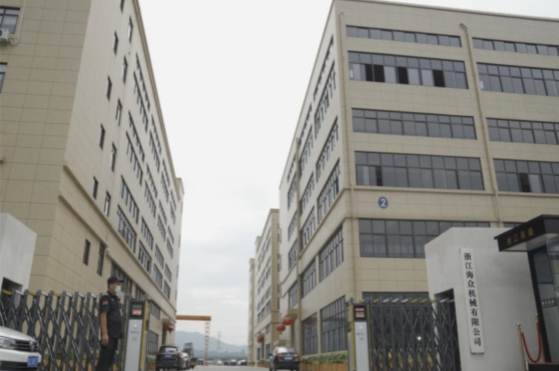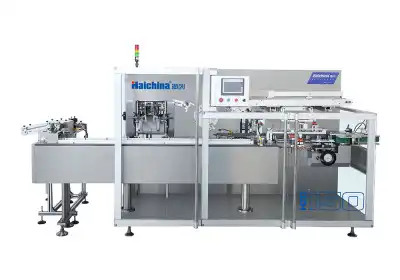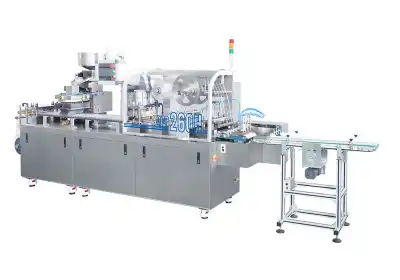The Mechanics of Blister Packaging Machines
Blister Formation Process
The blister formation process represents one of the most essential phases in blister packaging operations. It starts by heating a sheet of plastic material, typically made from PVC, PET, or PETG, to a pliable state. This heated sheet is then carefully molded using either vacuum forming or pressure forming techniques, depending on the product and packaging requirements. The process results in the creation of cavities, or pockets, precisely shaped to fit the specific product. Precision is critical at this stage to ensure each blister cavity securely holds the intended item without excessive movement or risk of damage. Properly formed blisters also enhance the package’s overall durability and presentation.
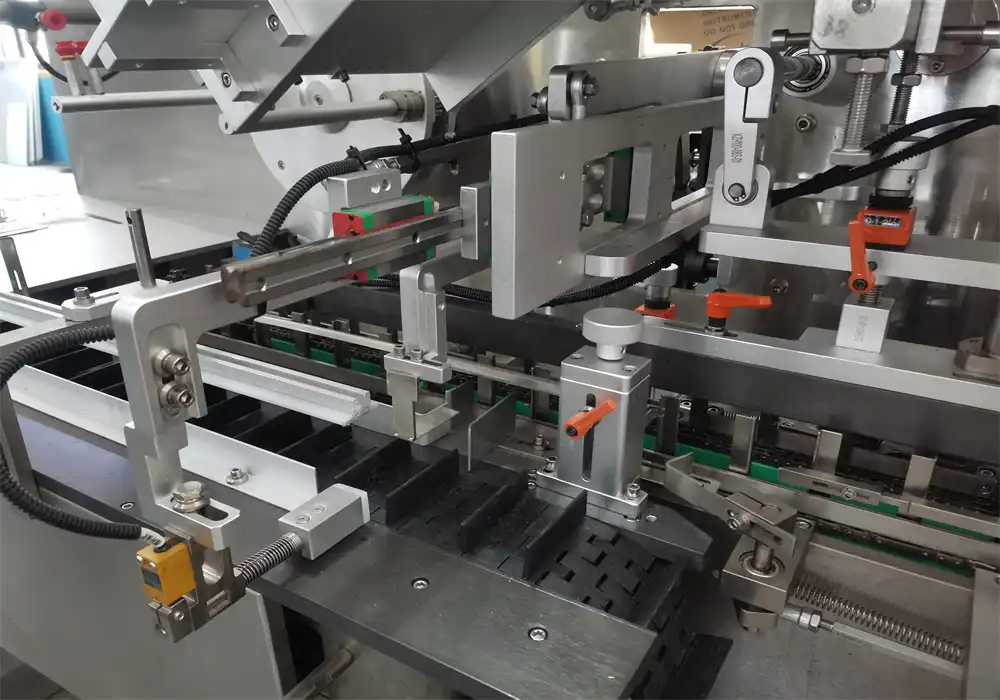
Product Placement and Sealing
Following the formation of the blister cavities, the next step involves placing the products into these molded pockets. In smaller production environments, this task is often performed manually to ensure accuracy and careful handling of delicate items. In contrast, high-volume production lines rely on automated feeding systems that efficiently position products with precision and speed. After the products are correctly seated in their respective cavities, a backing material - commonly paperboard, aluminum foil, or plastic film - is applied. The machine then uses heat and pressure to bond the blister with the backing, securely sealing the product within a tamper-evident and protective package.
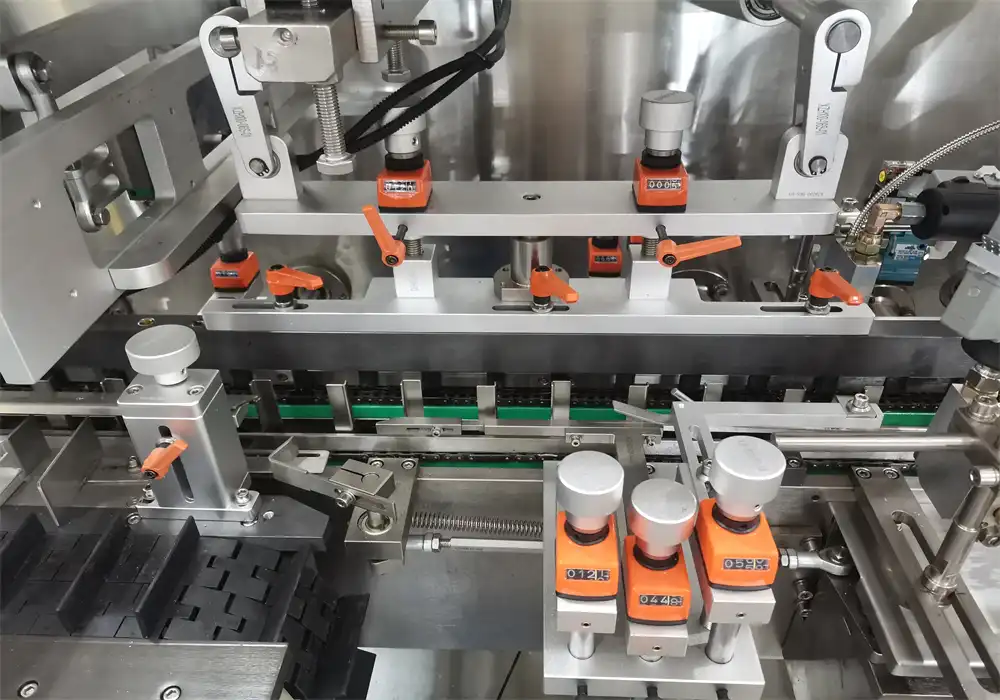
Cutting and Finishing
Once the blister packs have been sealed, they proceed to the cutting and finishing stage. This step involves trimming the continuous sheet of blister packages into individual units or specified groupings, depending on packaging design. Modern blister packaging machines are equipped with advanced cutting mechanisms that deliver clean, accurate cuts, preventing damage to both the packaging material and its contents. In addition to cutting, some machines offer extra finishing features such as perforation lines for easy opening, rounded edges for consumer safety, and the in-line application of lot numbers, batch codes, or expiration dates to maintain regulatory compliance and product traceability.

Types of Blister Packaging Machines
Rotary Blister Packaging Machines
Rotary blister packaging machines are high-speed systems designed for continuous operation. They feature a rotating turret that moves the blisters through various stations for forming, filling, sealing, and cutting. These machines are ideal for large-scale production and can handle a wide range of blister sizes and shapes.
Shuttle Blister Packaging Machines
Shuttle blister packaging machines use a linear motion to move the blisters through the packaging process. They are more compact than rotary machines and are well-suited for smaller production runs or frequent product changeovers. Shuttle machines offer flexibility in terms of blister size and shape, making them popular in industries with diverse product lines.
Card Blister Packaging Machines
Card blister packaging machines specialize in creating packages where the product is sealed between a pre-formed blister and a printed card backing. These machines are commonly used for retail products that require hanging display options. They often incorporate additional features like hole punching for hang tabs and can handle a variety of card materials and finishes.
Applications and Advantages of Blister Packaging Machines
Pharmaceutical Industry Applications
In the pharmaceutical sector, blister packaging machines play a crucial role in ensuring medication safety and compliance. They create individual, sealed compartments for each dose, protecting pills and capsules from moisture, contamination, and tampering. This packaging method also aids in patient adherence by organizing medications into easily manageable doses. Many blister packaging machines in this industry are designed to meet strict regulatory requirements, including track-and-trace capabilities and child-resistant features.
Consumer Goods and Electronics
For consumer goods and electronics, blister packaging machines offer a solution that combines product protection with visual appeal. The transparent blister allows customers to see the product while keeping it secure. This is particularly beneficial for small electronic components, batteries, and accessories. The packaging can be customized to include product information, branding, and anti-theft features, making it an excellent choice for retail environments.
Environmental Considerations
As sustainability becomes increasingly important, many blister packaging machine manufacturers are developing eco-friendly options. These include machines that can work with biodegradable or recyclable materials, as well as designs that minimize material waste. Some advanced machines even incorporate systems for recovering and recycling excess packaging material, further reducing environmental impact.
Conclusion
blister packaging machines are versatile and efficient tools that have revolutionized the packaging industry. They offer a perfect blend of product protection, visual appeal, and customization options, making them indispensable in various sectors. As technology advances, these machines continue to evolve, offering improved speed, precision, and sustainability. For businesses looking to enhance their packaging processes, investing in a high-quality blister packaging machine can lead to significant improvements in efficiency, product presentation, and customer satisfaction.
Contact Us
If you're interested in exploring how blister packaging machines can benefit your business, or if you have any questions about our range of packaging solutions, don't hesitate to reach out. Contact us at [email protected] to discuss your specific needs and discover how Zhejiang Haizhong Machinery Co., Ltd. can help optimize your packaging processes.


